This article will be all about color theory - the things we need to know about colors, its special language and the categories of colors you can use as you create your artworks!
What is color?
- Colors describe the way objects appear based on the way light is reflected or emitted.
- How we appreciate colors is based on how our eyes work! We can see a rainbow of colors because our retina is sensitive to different wavelengths of light.
- As human beings, we are called "trichromats" - this means our retinas have three different cells receiving color. These cells are what we call cones. Did you know dogs are dichromats, which means they can only see two different colors? Check out how differently we appreciate colors from dogs!
When organizing colors and establishing their relationship with one another, we use what we call a color wheel. It's the easiest way to illustrate how colors are related to one another. We shall focus on the the different color wheels in the next section.
The wheel of colors
Color wheels are designed to guide artists in selecting colors; that now matter what color is selected, it will look good together. We've seen hundreds of versions of the color wheel, but the most common version is a color wheel with 12 colors based on the RYB color model.
Let's differentiate the three basic color wheels - the Primary, Secondary and Tertiary color wheels.
This is the Primary Color Wheel. It has these three colors: Red, Blue and Yellow. From these three colors, all of the colors on the color wheel can be made.
What colors should you use together?
First is the Complementary Color Scheme. What this simply means is colors that are opposite each other on the color wheel go well together. In the example below, you will see that red and green go together as well as violet and yellow. Can you name the other complementing pairs?
There are also other terms that come to mind when talking about colors, such as hue (the name of a color), the intensity (the brightness or dullness of a hue) and value (the lightness of darkness of a hue). All these advanced terms and more will be covered in our next couple of articles.
Discover the world of colors and more!
That's why here at Art Smart, we will not only equip you with proper color use, but how you can explore different colors and how to properly infuse them in your work. Check out our schedules below and once you're ready to reserve your slot, please call us at 0917-8784766 /02 -7886766 / 0915-5948191 / (0995) 260 8927 or message us on our Facebook page!
www.pinterest.com
www.ethology.eu/the-dogs-color-vision-and-what-it-means-for-our-training/
www.dailymail.co.uk/news/article-2974653/Waxing-lyrical-Inside-colourful-Crayola-factory-12million-crayons-100-000lbs-paraffin-wax-day.html
wwww.artfusion.info/arttimeline/artelements_principles/color/colorwheelprimary.jpg
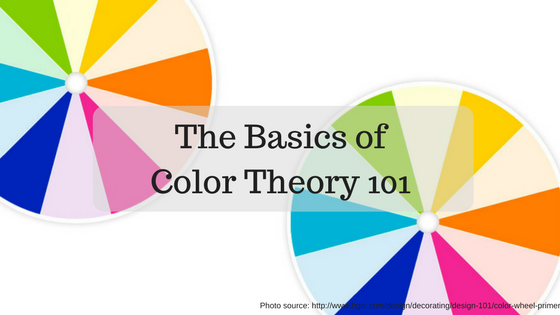
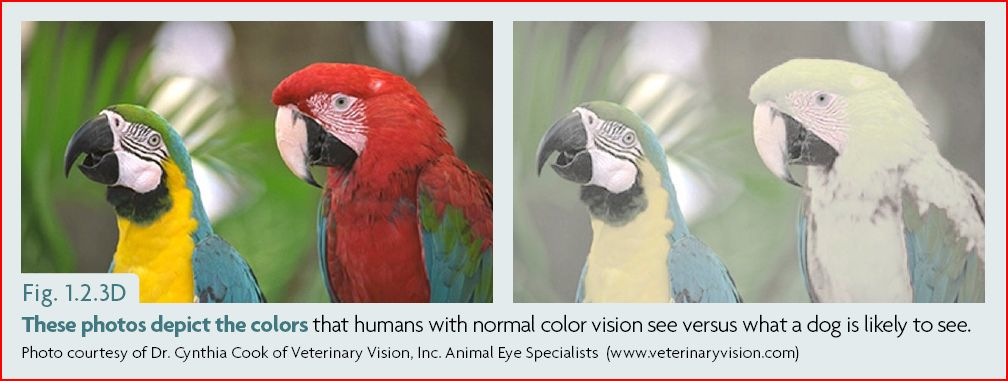
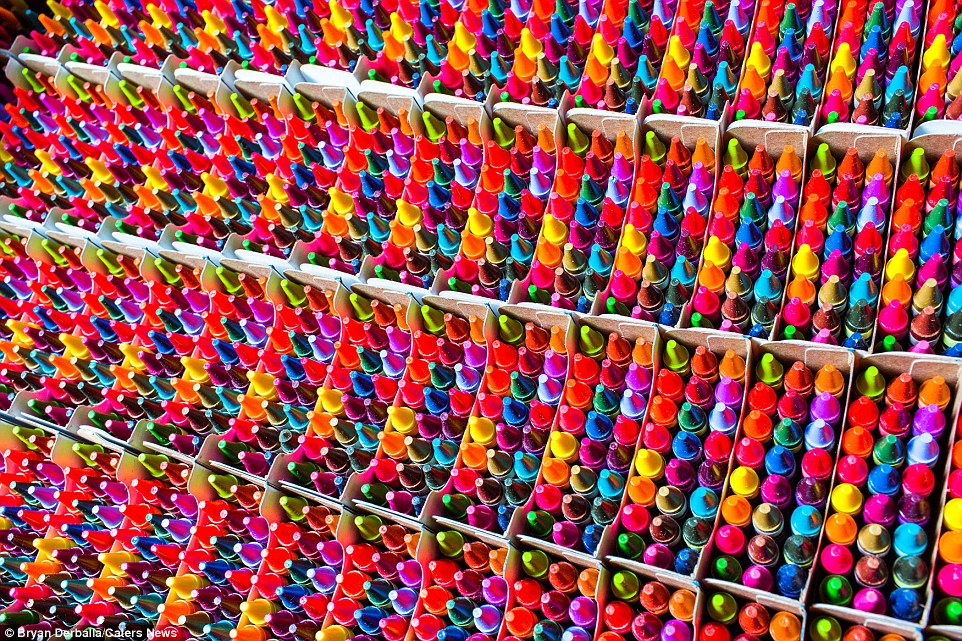
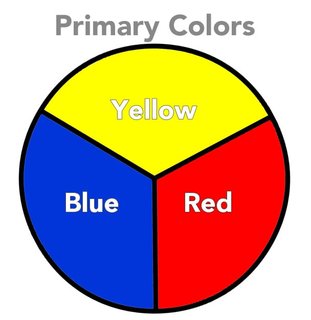
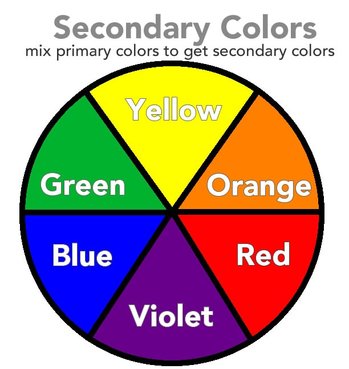
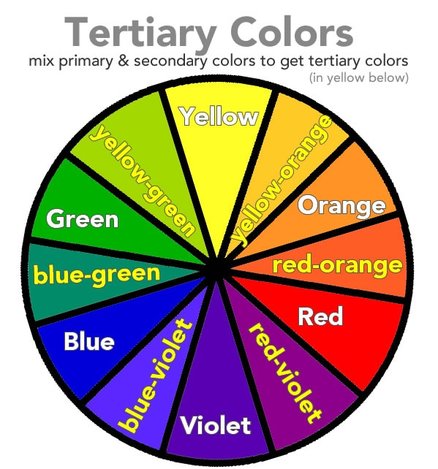
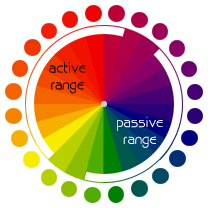
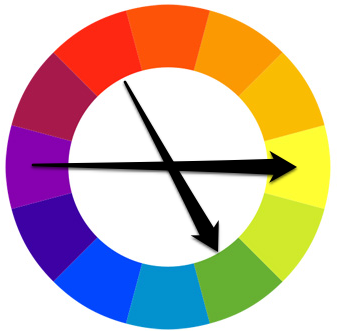
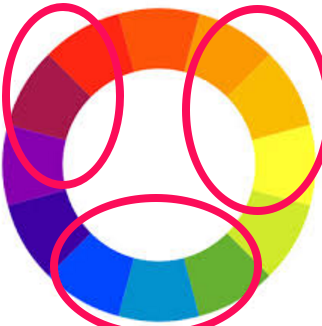

 RSS Feed
RSS Feed
